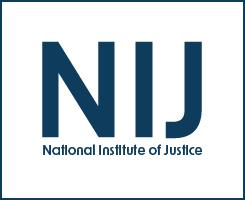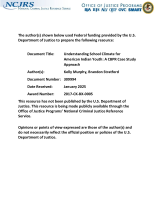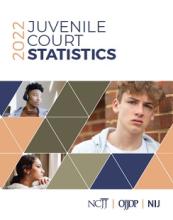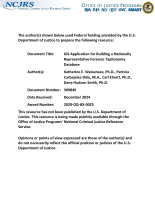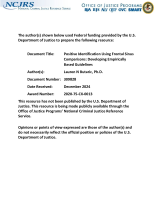Data collections
Labor Trafficking in Construction and Hospitality Survey Findings: Denver
Assessment of Methods Used by State and Local Governments To Estimate Drug Abuse Levels
Assessment of Methods Used by State and Local Governments To Estimate Drug Abuse Levels: Final Report
Implementing Law Enforcement-Based Victim Services: A Research Note on Considerations for Rural Communities
Developing, Implementing, and Evaluating a Police Fatigue Risk-Management Strategy for the Seattle Police Department
Understanding School Climate for American Indian Youth: A CBPR Case Study Approach
Guardianship Abuse: Bad Apples or Tip of the Iceberg?
When cases involving high-profile individuals, like Britney Spears, make national headlines, issues surrounding guardianship and conservatorship take center stage. But after those specific cases resolve and national interest fades, the systemic issues remain. We have very little data on how the guardianship system is actually working, and the scope and prevalence of guardianship abuse remains unclear. We don’t know how many individuals suffer abuse under guardianship. We don’t know to what extent guardianship, when properly executed, improves the lives of those it’s intended to serve.


